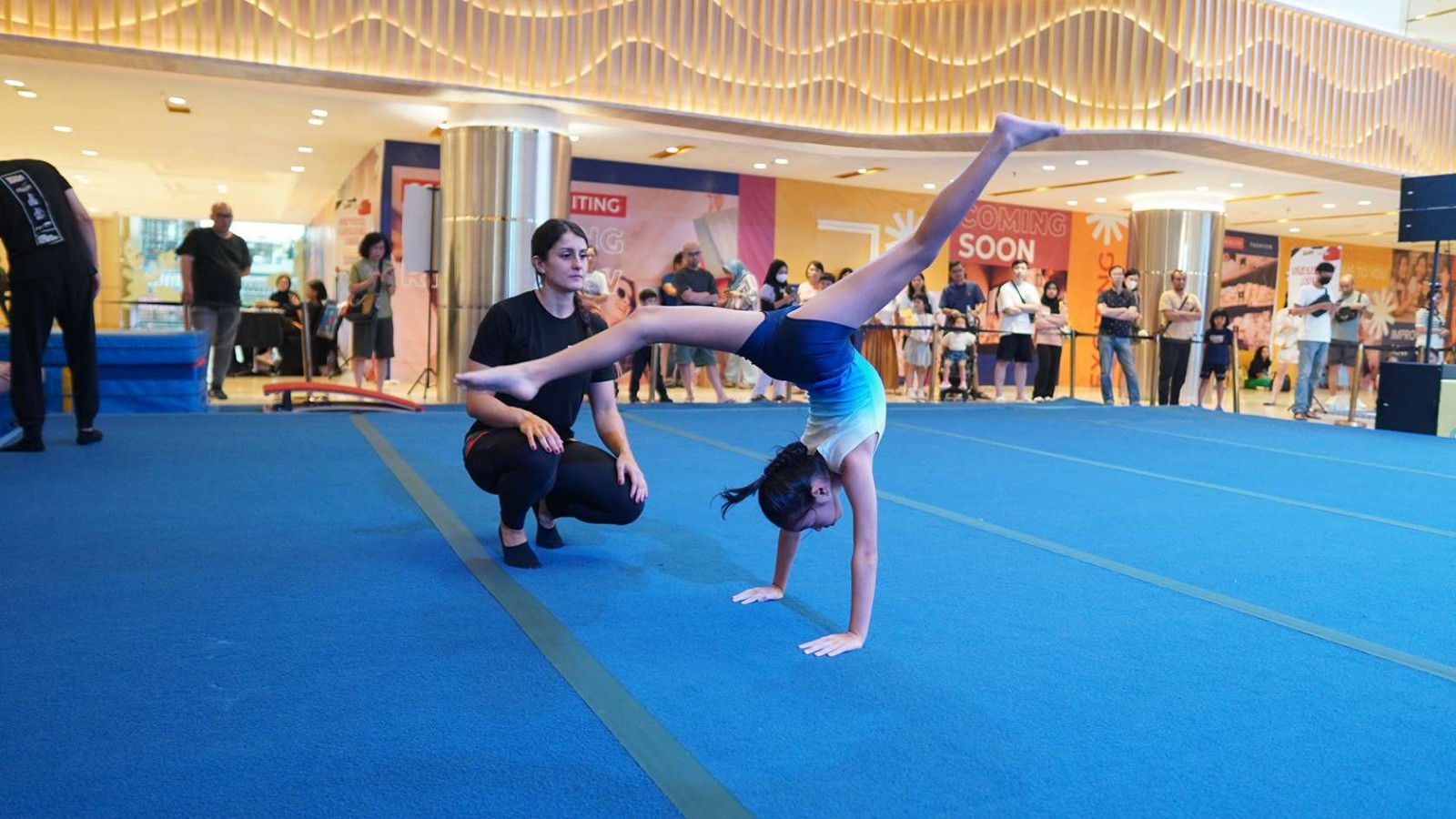Learn All the Essential Gymnastics Shapes

Gymnastics is all about precision, control, and technique. One key element in mastering any gymnastics skill is understanding the different gymnastics shapes. These shapes are the foundation of many movements, helping you build strength, flexibility, and balance.
Knowing how to properly form these shapes will set you up for success in every practice. Let’s dive into the essential gymnastics shapes and how to perfect them!
Gymnastics Shapes
In gymnastics, having control over your body and being able to hold different positions is crucial to performing well. These positions are called shapes, and they’re the foundation of most gymnastics moves. Mastering these shapes will help you move more efficiently and safely. Here are several gymnastics shapes you have to know:
A. Tuck
The tuck shape is one of the first you’ll learn. It’s used everywhere—on the floor, beam, bars, and even vault!
In this shape, you pull your knees tightly to your chest and wrap your arms around your shins, almost like you're making a little ball with your body. It’s the same position you use for tuck jumps or front tucks.
How to do it: Stand or jump into the air and bring your knees up. Hug your shins and keep your head tucked in. The smaller and tighter the shape, the better your rotation!
B. Straddle
The straddle is all about opening your legs wide to the side. You’ll see this shape in straddle jumps, press handstands, or on bars when you straddle up to a cast handstand. It’s important for flexibility and strength.
How to do it: Sit on the floor and spread your legs as wide as you can without bending your knees. Point your toes and keep your back tall. In jumps, lift your legs high to the sides while keeping your arms up.
C. Pike
The pike shape is used a lot for jumps and flips. In a pike, your legs are straight and together, and your upper body folds forward like you're trying to kiss your knees. It’s super important for floor, beam, bars, and even vault.
How to do it: Sit or stand with legs straight and together. Bend at your hips and reach toward your feet while keeping your back flat and tight. In jumps, your legs should stay in front of you while straight.
D. Split
Split shapes are everywhere in gymnastics, especially on floor and beam. You’ll use them for split leaps, jumps and switch leaps. This shape shows off your flexibility and helps you earn higher scores in routines.
How to do it: From standing or a lunge, slide one foot forward and one back until your legs are in a straight line (or as close as you can get!). Keep your hips square and your arms lifted. Practice makes perfect with splits!
E. Straight Stand
This one may sound simple, but the straight stand is actually one of the most important shapes in gymnastics. It’s the position your body returns to before and after almost every skill. It builds good posture and control.
How to do it: Stand tall with legs straight, feet together, and arms by your ears. Squeeze your core, tuck your hips under, and make sure your bottom is tight. Think about making your body as long as possible.
F. Handstand
The handstand is a gymnastics classic. It’s just the straight stand—but upside-down! This shape builds balance, strength, and control. You’ll use it on beam, bars, floor, and even during vaults.
How to do it: From a lunge, kick one leg up and follow with the other until you’re upside down. Keep your arms straight by your ears, core tight, and legs together. Squeeze everything to hold your shape in the air!
G. Lunge
Lunges are used to finish many acrobatic moves like handstands, cartwheels, and walkovers. A strong lunge shows control and readiness for the next skill.
How to do it: Step one foot forward and bend that knee slightly. Keep the back leg straight and arms up by your ears. Your hips should face forward, and your chest should stay up. Don’t forget to point those toes!
H. Arch
The arch shape is where your body bends backward in a curve. It’s used in back handsprings, front handsprings, and even in transitions on bars. The arch gives your body power and helps in flipping movements.
How to do it: Lie on your stomach, then lift your chest and legs off the floor. Reach your arms forward or overhead and squeeze your bottom. The key is to lift using your back and not to over-bend the lower spine.
I. Hollow
Opposite of the arch is the hollow shape. This is one of the most important shapes in gymnastics because it helps you stay tight during flips and rotations. It’s used in tumbling, bar skills, and conditioning drills.
How to do it: Lie on your back, lift your shoulders and legs slightly off the floor. Your arms go straight above your head, close to your ears. Keep your lower back pressed into the ground and squeeze your core tight. It should feel like a boat rocking gently on water!
J. Bridge
The bridge helps with flexibility, especially in your shoulders and back. You’ll need a good bridge for skills like back walkovers and kickovers. It’s also great for stretching after practice.
How to do it: Lie on your back with your knees bent and feet flat on the floor. Place your hands by your ears with fingers pointing toward your shoulders. Push through your hands and feet to lift your body up off the floor, creating a rainbow shape with your back.
Master the Basics, Shape Your Skills!
Mastering gymnastics shapes is crucial to improving your overall performance, whether you're flipping, tumbling, or holding a pose. With practice and attention to detail, these shapes will give you the control and power you need to succeed in gymnastics. Keep practicing, stay patient, and soon you'll be executing these shapes with ease and confidence!
Rockstar Academy offers an exciting gymnastics program designed to help kids of all skill levels master essential gymnastics moves while building strength, flexibility, and confidence.
As part of the Sports & Performing Arts Academy, the program combines professional coaching with a fun and supportive environment, perfect for learning skills like rolls, handstands, cartwheels, and even more advanced techniques.
For those ready to rise to the next level, we proudly offer the Dream Team, an elite Competitive Sports Program designed to help student-athletes reach their full potential both in gymnastics and in life.
Open to both boys and girls, the Dream Team provides 180 minutes of high-intensity training led by experienced, professional instructors.
Students also get the chance to participate in Gymnastics Testing, RockOlympics and Elite Championships to track their progress and celebrate their achievements.
Want to see if it's the right fit? Don’t miss the chance to join a free trial class and experience the energy, movement, and magic of gymnastics firsthand!
FAQ
What are shapes in gymnastics?
Shapes in gymnastics are basic body positions like tuck, pike, straddle, and handstand used in many skills.
What is shaping in gymnastics?
Shaping is how a gymnast controls their body to hold correct positions during skills.



